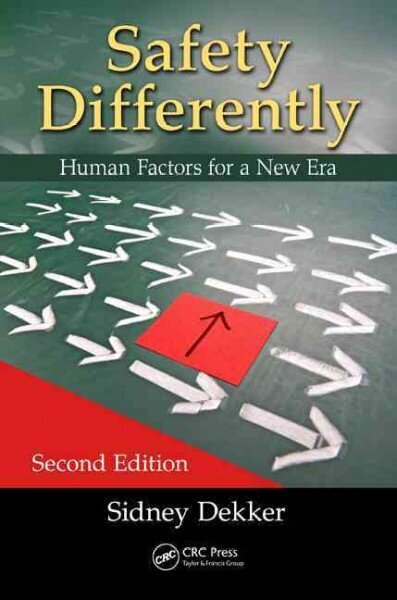This is the second edition of a philosophical book about safety, designed for students and professionals who work in risky fields like aviation, and in the risk management and safety planning fields. The author, who is well known in the field, offers global ideas for improving how we think about safety systems. The book begins with an overview of the modern history of the field, and the rational choices that have led to the current system of administrative controls, where safety is generally a bureaucratic responsibility employees are accountable to their bosses for, and safety problems are failures to follow the correct procedure. The goal this book recommends is that safety should be an ethical responsibility employers and managers have for the people below them who work in dangerous situations, and safety problems are risks to those people. Rather than defining safety in terms of a human failure to do a standardized control procedure, it should be defined in terms of a human success at doing something differently so people are less likely to get hurt. The primary themes are: safety is a top-down responsibility rather than a bottom-up accountability; safety is not the absence of a failure but the ability to make something go right; rethinking safety from linear cause-and-effect chains to systems and from static elements to wholistic relationships; changing the professional vocabulary of safety from control, constraint, and human failure to empowerment, diversity, and opportunity. The author argues throughout against modernism, normativism, and Cartesianism, and the book's language mixes business-success, social science, and postmodern philosophy styles. Study questions are included. Annotation ©2014 Ringgold, Inc., Portland, OR (protoview.com)
The second edition of a bestseller, Safety Differently: Human Factors for a New Era is a complete update of Ten Questions About Human Error: A New View of Human Factors and System Safety. Today, the unrelenting pace of technology change and growth of complexity calls for a different kind of safety thinking. Automation and new technologies have resulted in new roles, decisions, and vulnerabilities whilst practitioners are also faced with new levels of complexity, adaptation, and constraints. It is becoming increasingly apparent that conventional approaches to safety and human factors are not equipped to cope with these challenges and that a new era in safety is necessary. In addition to new material covering changes in the field during the past decade, the book takes a new approach to discussing safety. The previous edition looked critically at the answers human factors would typically provide and compared/contrasted them with current research and insights at that time. The edition explains how to turn safety from a bureaucratic accountability back into an ethical responsibility for those who do our dangerous work, and how to embrace the human factor not as a problem to control, but as a solution to harness.See What’s in the New Edition:New approach reflects changes in the fieldUpdated coverage of system safety and technology changesLatest human factors/ergonomics research applicable to safetyOrganizations, companies, and industries are faced with new demands and pressures resulting from the dynamics and nature of the modern marketplace and from the development and introduction of new technologies. This new era calls for a different kind of safety thinking, a thinking that sees people as the source of diversity, insight, creativity, and wisdom about safety, not as the source of risk that undermines an otherwise safe system. It calls for a kind of thinking that is quicker to trust people and mistrust bureaucracy, and that is more committed to actually preventing harm than to looking good. This book takes a forward-looking and assertively progressive view that prepares you to resolve current safety issues in any field.
